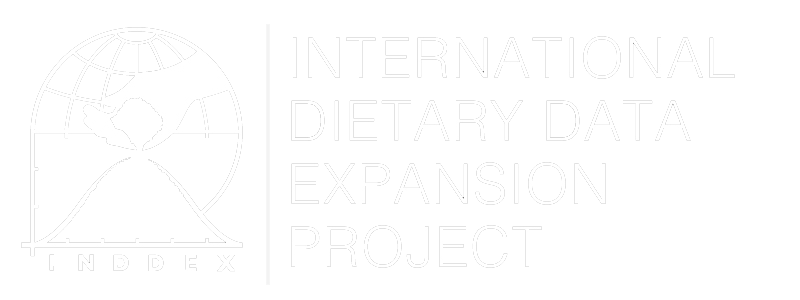Consumer Food Price Index
Overview
Consumer food price indices (CFPIs) are one of several types of market-level indices included in Data4Diets, along with food price volatility indices and various food affordability metrics. Consumer food price indices use market data to measure food inflation rates (i.e., price changes) over time compared to a reference period of an average basket of commonly consumed foods. Unlike consumer food price indices, general consumer price indices are broader-based and include both food and non-food items in the basket of goods.
Most countries calculate CPIs and CFPIs on a regular basis. The International Monetary Fund (IMF) and OECD (for OECD countries) are responsible for compiling and harmonizing national CPIs, both general and food-specific, into a database. Monthly harmonized country and regional CPI data are reported for 200 countries in a time series beginning in 2000 and are updated in FAOSTAT quarterly.
Method of Construction
The construction of national consumer food price indices differs by country, with variability in factors such as the food basket composition, weighting approaches, geographic reference area, and method of aggregation. Country-specific information on the construction of general and food CPIs is available here. The methodology for consolidating and reporting CPIs at the regional level in FAOSTAT, including imputing missing data, can be found here. Further information on how to calculate consumer food price indices is presented in Chapter 8 of the Consumer Price Index Manual, "Calculating Consumer Price Indices in Practice" (ILO, 2020).
Uses
Consumer food price indices are used by countries to monitor food inflation, inform monetary policy, track poverty, and determine thresholds for social protection program eligibility and benefit size, among other uses. Because this indicator is calculated based on a basket of food goods, the underlying disaggregated data would be needed if the desire is for insight into the prices of particular food groups or individual commodities.
Strengths and Weaknesses
One strength of the food CPI data available through FAOSTAT is that it has been standardized for comparison. While the FAOSTAT interface allows for inter-regional and country comparisons, caution must be taken in comparing among regions and countries due to the aforementioned differences in the calculation of national food CPIs.
Data Source
In addition to the databases described above, country-specific consumer food price data and indices are available directly from many national statistical agencies. The Food Price Monitoring and Analysis (FPMA) Tool developed by the FAO also provides data on domestic market prices of food commodities in member countries.
Links to Guidelines
Links to Illustrative Analyses
- Bai, Y., Costlow, L., Ebel, A., Laves, S., Ueda, Y., Volin, N., ... & Masters, W. A. (2021). Retail consumer price data reveal gaps and opportunities to monitor food systems for nutrition. Food Policy.
- Headey, D., & Hirvonen, K. (2023). Higher food prices can reduce poverty and stimulate growth in food production. Nature Food.
- Burns, C., Sacks, G., & Gold, L. (2008). Longitudinal study of Consumer Price Index (CPI) trends in core and non‐core foods in Australia. Australian and New Zealand Journal of Public Health.
- Mhonyera, Masunda, S., & Meyer, D. F. (2023). Measuring the pass-through effect of global food price volatility and South Africa’s CPI on the headline inflation of Zimbabwe. Cogent Food & Agriculture.
